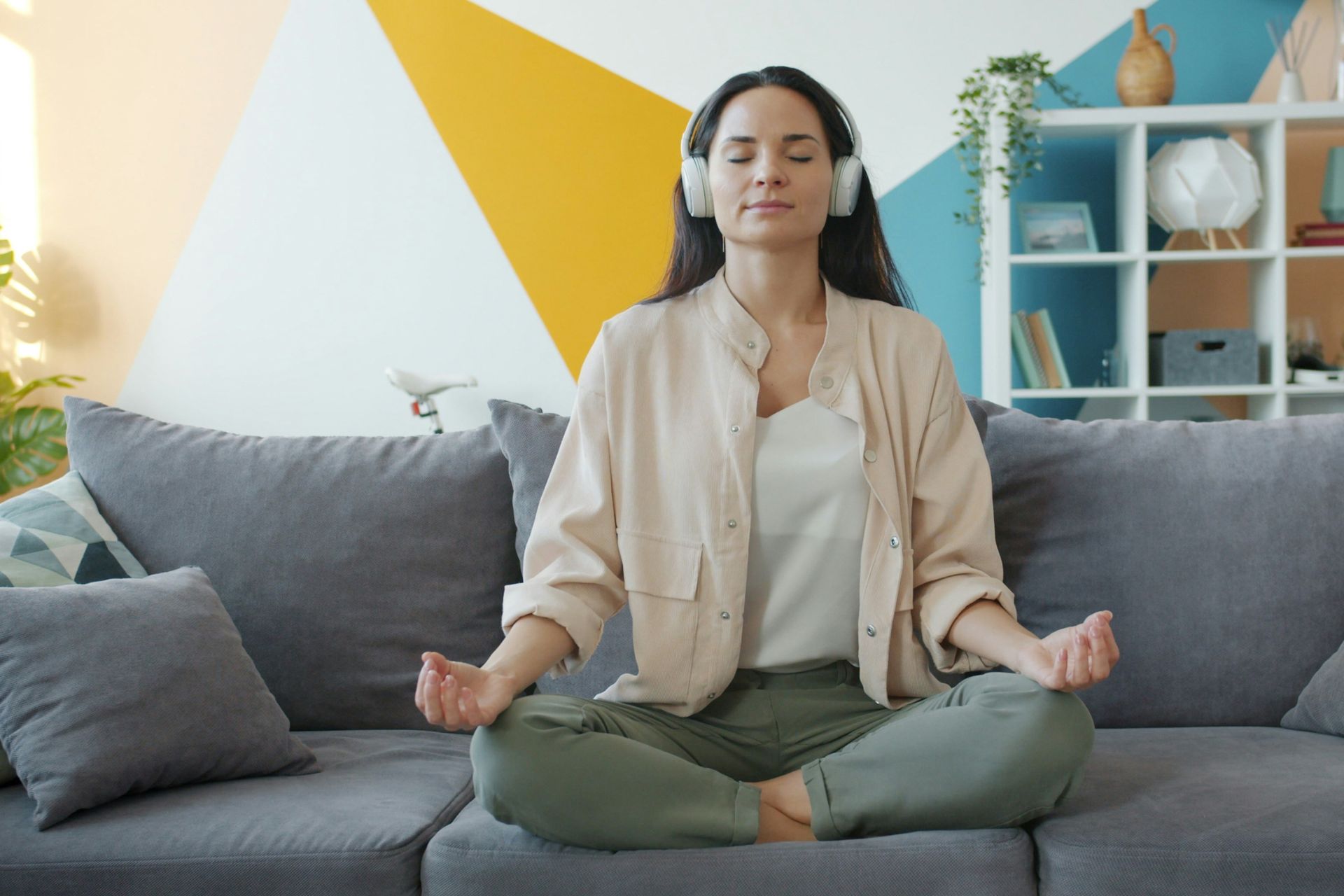
Technology has come a long way since the first home computers emerged on the market. Today, businesses can use virtual reality to complete almost any task imaginable. Technology that’s designed to mesh with and enhance our daily lives is called mixed reality. It’s a combination of virtual reality, augmented reality and the real world. The best way to explain how mixed reality works is to give examples.
A local wedding planner needs to turn the bride’s backyard into an amazing beach oasis. She puts on a VR headset that turns the landscape in front of her into a blank canvas. The software allows her to manipulate 3D images virtually as she tries different ways to set up the tables, plans where the food buffet will go and adds a variety of décor. She can swipe away choices, add new ones and play around until she gets the design perfect.
A rising star in the culinary world wants to create an amazing meal for his guests. However, he can’t afford a pricey venue. Fortunately, by renting a few VR devices, he can create an amazing virtual space for guests to enjoy his gourmet treats.
There are many ways we’ll use mixed reality in the future. As technology advances and VR becomes more and more innovative, the entire world we live in will shift, merging reality and computer-animated graphics until the two seem almost one. Here are a few ways mixed reality will likely impact the future.
1. Bringing Imagination to Life
In the past, if someone wanted to redesign a home or decorate a new flagship store, they had to envision the changes in their mind and hope the reality matched the concept. With mixed reality, a VR device called HoloLens — developed by Microsoft — allows humans and computers to interact with the environment around them. HoloLens doesn’t change the world you see, but rather, enhances that world.

In the YouTube video above, Windows explains how their HoloLens works. A retail space designer walks into an empty room and tries various layouts. However, she struggles to find the right combination that she feels is impressive enough for her client. She calls on a couple of friends and the computer to help her with ideas, and the three work together as a remote team to create a fantastic flagship store. None are actually in the same room, but they accomplish just as much as if they were.
2. Making Face-to-Face Meetings Possible
Today’s global economy means business owners often do business with people across the world. Face-to-face meetings allow us to connect on a human level, but they aren’t always possible for companies with multiple locations. The cost of flying is a factor, as is the time involved. What if you could meet with anyone in the world, anytime?
Mixed reality makes this possible. Each party dons a headset and then meets in a virtual setting. You can choose a computer-generated coffee shop, for example. While you both sit at your desks half a world away, it appears you’re in the same location. This tech allows for more in-depth relationships with those you’ve never actually met in person. Microsoft’s HoloLens runs under $500, making it affordable enough for even small businesses.
3. Taking Affordable Vacations
Eighty-two percent of managers believe vacation time helps improve health and also helps eliminate burnout. However, many Americans fail to use their allotted vacation time. Sometimes the expense of a vacation deters them from taking days off. Many others stick with “staycations” or short day trips around their area.
What if you could go anywhere in the world, though, and all for a fraction of the cost of a cross-continental trip? While not exactly the same as being in the location, you can explore a new town or even a world that doesn’t really exist on the planet.

Many other VR sets work on a room scale. In contrast, Microsoft’s HoloLens works on a world scale. What does this mean? Room scale limits you to a box of movement. If you go outside the box, the headset no longer works. With HoloLens, you can move around at will, and the world opens before you.
4. Wearing Smart Glasses Everywhere
Many VR experts envision a world where people wear glasses that shift from AR to VR and even to the real world at various times, depending upon the need. These glasses would create a world where we live in an immersive experience. Instead of being trapped behind a computer screen, suddenly the world becomes one giant computer-generated experience.
Essentially, we will no longer need to carry around smartphones, either. The smart glasses will create a screenless world. We will have instant access to any digital data and gain the ability to interact with those we love in a VR world, even when we’re miles away from one another. Distance will become less of an issue, and the world will seem smaller than it does now.
Every interaction you have will suddenly change, even the way you order food in a restaurant. Imagine a world with no need for a paper menu. When you sit down to a meal, you’ll see the menu appear in front of you via your digital AR device.
When you walk into a retail store, you’ll be immersed into an MR experience that will make it seem as though you’re experiencing an Amazon rainforest, a night at Times Square in New York or any other imaginable scenario.
5. Changing Broadcasting
Even the way we watch television shows is likely to change. Instead of sitting passively and watching your favorite drama play out, one day, you’ll be able to immerse yourself in the experience and interact with the characters and clues on the TV screen. Over time, the shows may change to allow you to make choices and impact the outcome of the story itself.
This reality is already here with a Norwegian television series called Lost in Time. In the show, contestants play role-playing video games, while the audience plays along with them on second screens. Basically, viewers use mixed reality to interact with the show on a personal level. Viewers play the game alongside the contestants, making the show a mix of make-believe and reality unlike anything we’ve seen before.
6. Socializing More
People use social media to stay in touch with friends and family who live far away, but what if you could use mixed reality to have an actual conversation with that person? Imagine being able to organize a family reunion that even those who live far away could easily attend. With mixed reality, both these scenarios are quite possible. Gatherings become less about physically being there and more about sharing an experience with others.
Mixed reality will very likely change the way we socialize online, making it more like real-life experiences. You’ll be able to see and hear the other person. Who knows? Maybe one day, you’ll even be able to experience touch and smell. Already, VR displays at places such as Disney’s Animal Kingdom and in some theaters use full sensory experiences that include sights, sounds and smells.
7. Interacting With Work
With the many changes on the horizon, expect the way employees interact with their work to change as well. Things will become more intuitive. Rather than being tied to a desk in an office, workers will engage with tasks from the local coffee shop, their living rooms or a meeting space in an office building. We will be able to free up all the time we waste in waiting rooms or traveling to and from work.
Those in design fields will see massive changes, too. Mixed reality will allow them to overlay their designs onto a prototype and more clearly see what works and what doesn’t. No longer will workers be tied to email or their phones, but can answer on the fly while walking to the local deli for lunch or on their way to a meeting with an important client.
8. Gaming Becomes Even More Immersive
We got a taste of mixed-reality capabilities when Pokémon Go became explosively popular two years ago. Suddenly, people were catching Pokémon in the world around them. They looked at a scene and a creature would pop up. After the success of that game, expect similar MR games to launch.
As technology and capabilities change and improve, even more games will become available. Instead of looking down at a phone, players will put on a headset or pair of goggles that shifts the reality of the world around them.
9. Mapping Your Way
GPS capabilities on our smartphones have made getting from Point A to Point B much easier. Gone are the days where you have to stop and ask a fellow human being for directions. Instead, people use their smartphones for walking from one store to the next or driving long distances. With mixed reality, the ability to pull a map or directions up in front of your line of vision will change everything from the way we take road trips to how you visit the home of a new friend.
The Future of Mixed Reality
This type of technology is ever-changing. The predictions we make about mixed reality today might be outdated tomorrow. However, it’s crucial to look at where the future with mixed reality is taking us and its vast potential to impact our business and personal interactions.




Leave a Comment